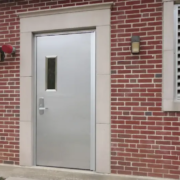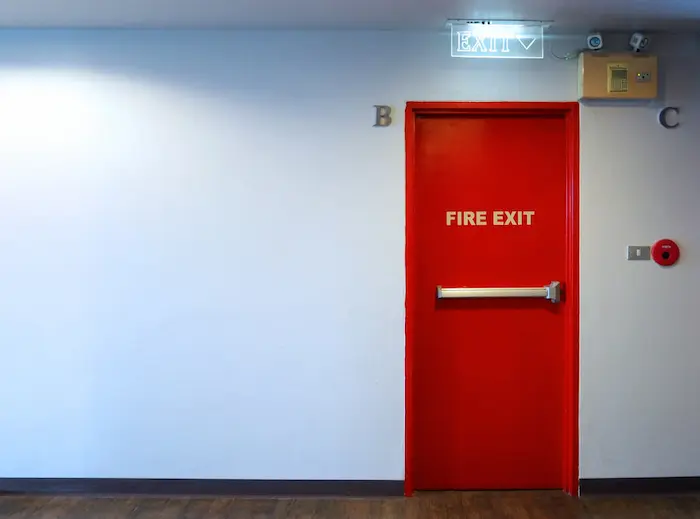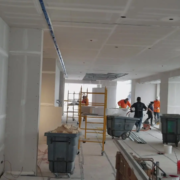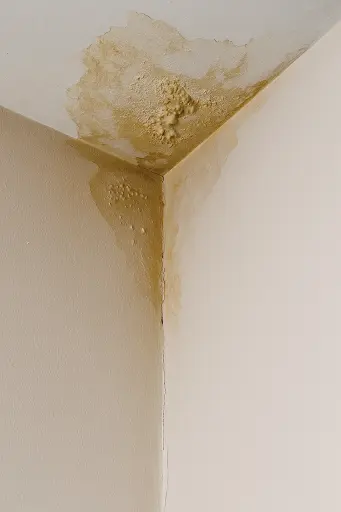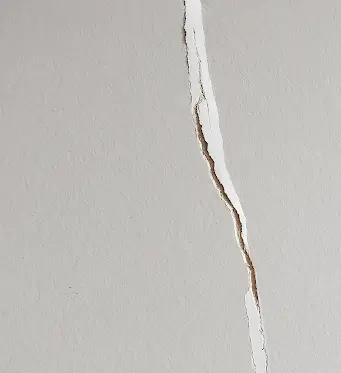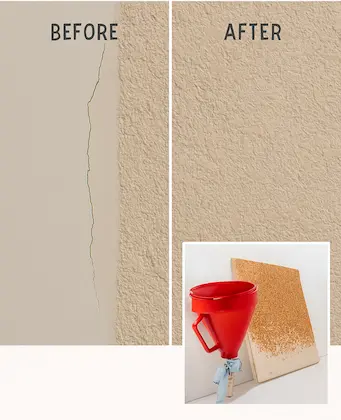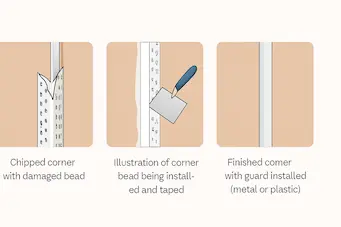Why Should Fire-Rated Access Doors Be Included in Commercial Construction Estimates?
The National Fire Incident Reporting System (NFIRS) of the US reported in 2022 that 140,000 fires in the US were non-residential that year, causing $349.1 million in property loss and resulting in many civilian deaths and injuries. Whenever a fire breaks out, there is only a gap of properly installed rated access doors which can contain the fire to that specific area and save the lives of many or spread the fire to the other areas of the building, causing huge loss of human lives and property.
Commercial places are more prone to the loss of human lives because they are more saturated with people, such as schools, colleges, restaurants, and shopping malls etc. Therefore, it is essential to install the fire-rated access doors at these places to make them more secure.
The installation of these doors should be included at the earliest stage, which is the estimation stage. Ignoring the fire doors at the estimation stage or thinking to incorporate them later will not only disturb your budget but also lead towards unapproved designs.
What Are Fire-Rated Access Doors
These are specifically designed doors that are responsible for preventing the spread of fire into the other compartments of the building. They are made up of different types of fire-resistant materials, like solid wood, steel, aluminium, or glass.
Working of Fire Doors
The fire doors’ main body is made up of fire-resistant materials which contain the fire to a specified compartment where it breaks out. These doors have an automatic heat and smoke detection system. They work in coordination with their intumescent seals and smoke seals, which become activated when they detect the heat and smoke, and fill the gaps around the door frame to stop the passage of smoke and fire. They have a specifically designed latching mechanism, which works based on glazing protection plates, automatic closing devices, and coordinators to ensure that the door is properly closed after opening and automatically seals the gaps and places by shutting the door down.
Importance of Adding Fire-Rated Access Doors at the Estimation Stage for Commercial Projects
Including the fire doors at the estimation stage is crucial for the success of commercial construction projects. Ignoring these doors at the earliest stage will cause many problems, such as struggling with design approval, budget overruns and the unavailability of the doors at the time of installation. Moreover, these doors are made up of different types of materials and must meet the standards set by the International Building Code (IBC) and the National Fire Protection Association (NFPA). Due to the high security concerns for commercial places, the specific regulations should be met for the fire door installations. Incorporating these into the estimation phase not only helps you to manage the budget properly, but is also helpful to choose the best door that meets the regulatory compliance standards and aligns with the project scope.
Benefits of Installing Fire Doors at the Commercial Construction Estimation Stage
Incorporating fire doors at the commercial construction stage brings many benefits for you.
Streamline Budget
Budget management is the most beneficial factor when incorporating the doors at the estimation stage. These doors come with different materials at different prices from a number of manufacturers. Moreover, supply chain management for these doors is also a challenging task while meeting the specific standards issued by the fire protection authorities in the country. Therefore, considering the installation of these doors at the estimation stage helps you allocate the budget for the whole project accurately, and you can go for the procurement process more effectively. Moreover, estimation also allows you to allocate the best resources to find affordable fire doors from reliable vendors. In short, consideration of these doors at the estimation stage smooths the cash flow management, reduces unexpected costs, and ensures the timely completion of the project
Code Compliance
Fire doors are not an option for the contractor to choose or not. Rather than being mandatory, and is important to get the approval for your design. The International Building Code and the National Fire Protection Association have set the standards for adding reliable fire-resistant doors in commercial buildings for compartmentalization and emergencies. When you integrate these doors at the estimation stage, you choose the best ones within your dedicated budget that meet the standards and align with the regulatory codes and compliance. In short, embedding these doors at the estimation stage eliminates the chances of bearing hefty fines and allows avoiding complaints from day one and works as per the regulations
Early Design Approval
Commercial estimate projects are complex with different systems integrations. A clash-free design compliant with regulatory codes and a smooth construction workflow gets early approvals. As mentioned earlier, these doors are mandatory for commercial projects, so ignoring them at the estimation stage will cause disruption for project approval.
Enhance Safety Standards
Incorporating the fire doors at the estimation stage shows life safety and makes the project more reliable for the potential audience. For example, a school building, a commercial high-rise building, or an office will be safer for the people with these fire protection doors, as they will prefer to choose them over others which do not have these fire protection setups.
Reduce Property Damage Risk
Incorporating fire doors at the estimation stage ensures that you are investing in a worthy construction material, which will enhance your place’s potential liability and reduce the risk of damage in case a sudden fire breaks out.
Increase Construction Efficiency
Adding the fire doors at the estimation stage leads to better planning for construction. All stakeholders can communicate with one another and can detect any potential issues for the installation of doors with other CSI trades. Detecting the problems at the earliest stage and finding alternative ways enhances the construction efficiency and streamlines the workflow.
Establish Contractors Market Reputation
Project owners prefer to work with like-minded people. The safety of a building is the most important concern of the project owner. As a contractor, if you ignore these doors at that estimation stage, it raises a question about your reputation. In the other case, if you add these doors at the estimation stage and design your budget accordingly, it increases your market reputation as a good contractor and attracts more potential clients.
Conclusion
Fire doors are an essential part of commercial buildings. Adding them at the initial estimation stage brings many benefits for the contractors and the project. Some of them are alignment with the code compliance, budget management, reducing overruns, handling project planning and construction efficiency, ensuring life safety in a building and finding the best resources to purchase affordable doors with your desired specifications.


